If ‘no cameras were harmed during the production of this film’ was a title, it’s not one you could apply to Wolf Creek 2. The humans and animals may have fared okay, but some of the gear that went into the desert never came back. Toby Oliver ACS, talks about what rigs he used, why, and putting three types of cameras through their paces.
Story by Patrick Macrae
FILM BUT NOT FILM
When I talk about formats with Toby Oliver, cinematographer of Wolf Creek 2, he says something that I’ve been hearing a lot from DPs in the last 10 years. That they miss the good old days of film. And ever since the telecine labs have shut up shop, they’ve been on the search for the digital format that replicated film, or at least gets as close as possible. And for Toby, it’s arrived.
“The Arri Alexa gives me the closest replication of film, and there are a few things it does better than film. Spec wise, there are other cameras that are as good or perhaps better, but the proof is in the pictures – to me, Alexa still looks more filmic than the others.”
For Wolf Creek 2, the team made the decision to shoot 2.8K anamorphic. This meant using the incredible Hawk Lenses from Germany, which give the film an even more truly cinematic feel, and a hell of a lot of resolution to play with. And shooting on the Arriraw codec, left a huge amount of latitude to draw from in post.
“The thing with anamorphic resolution is that it’s quite soft. So a lot of the resolution doesn’t end up being pin-sharp HD look. It’s very filmic. Ultra-high resolution images can make it look exactly how it is, but that’s not necessarily what people want to see. You start to destroy the suspension of disbelief in some cases. It can work against storytelling”
But Wolf Creek 2 wasn’t just an Alexa party – there were other guests too. At the absolute other end of the spectrum Toby used GoPros. Yep, GoPros. They used the new Black Edition 3 series, which is quite a step up in resolution, and means it can work on a big screen, intercut quickly with more filmic footage.
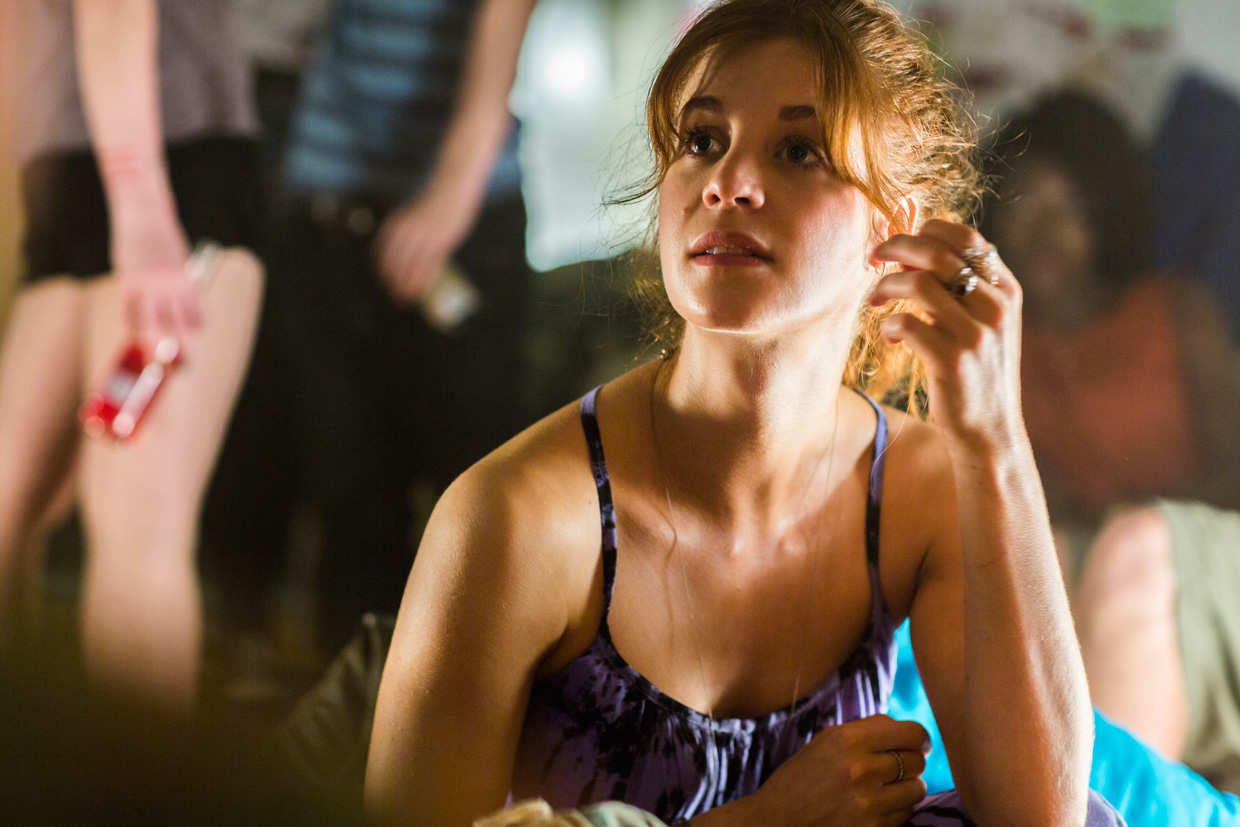
Shannon Ashlyn as ‘Katarina’ in a backpacker hostel from the film ‘Wolf Creek 2’
“We were shooting action footage a lot of the time, but without a (long) action schedule”, Toby explains. “We needed to get a lot of coverage very quickly and cheaply – GoPro allowed us to do that, and to put the cameras in very dangerous, sometimes fatal, situations.”
In fact, they used about 15 of them, and lost more than a couple in the firey stunts. Some, they didn’t even find. “Vaporised”, was the word Toby used.
And that’s the reason they were GoPros. Try telling a sleep-deprived producer that you just ‘vaporised’ a couple of Alexas.
“On a film like that, they’re essentially disposable.”
The downside of cheaper digital cameras like that is that you get a lot of camera vibration and of course rolling shutter. You can remove some of it in post, but not all, so it can be a job to cut around the issues in the edit.
And between the Alexa and the GoPro, was the Canon C300.
These were the middle camera. When it was too important to risk the rolling shutter and resolution problems of the go pro, but too tight a space in which to put an Alexa, the C300 fit the bill. And the C300 image, Toby tells me, is very compatible with Alexa when cut together in a sequence.
“We could rig them for stunts and put them in crash housing, but you still get a bit of control with lens adjustment. It’s not anamorphic though – just a cropped image, so you can’t be too heavy with their use.”
“We hired the gear from a Sydney outfit called Cinoptix. They were great – they had the very rare Hawk lenses sent in from Germany for us which meant we could take use anamorphic approach to the fullest.”
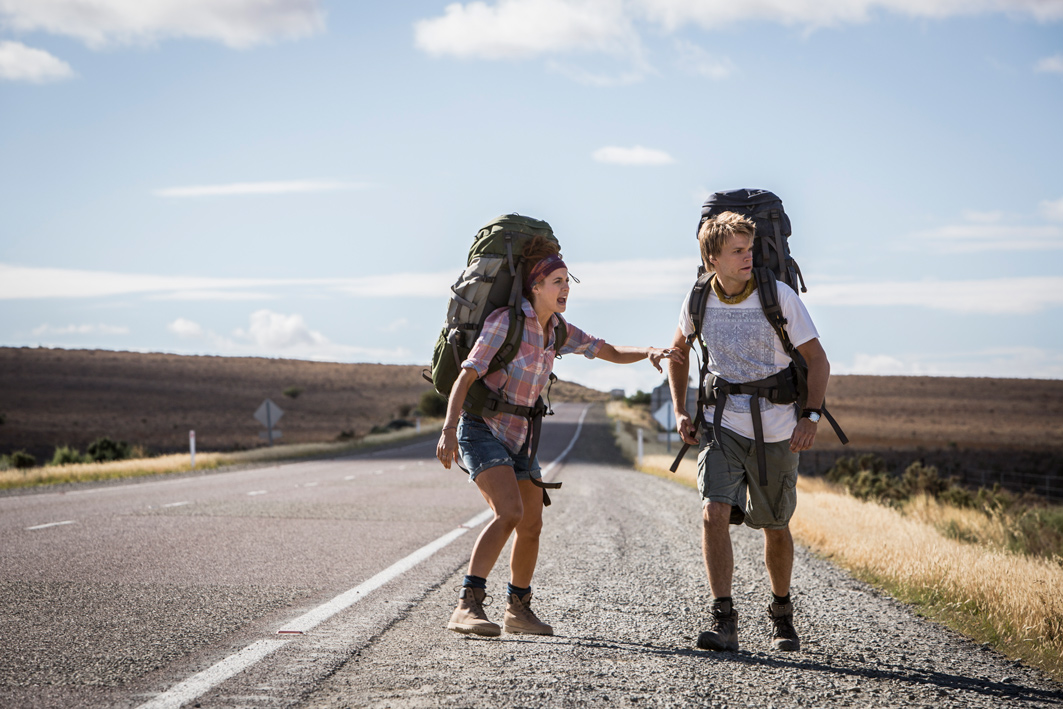
(L-R) Shannon Ashlyn as ‘Katarina’ and Phillipe Klaus as ‘Rutger’ in a scene from ‘Wolf Creek 2’
POST
“The grade went for 8 – 10 days and I was probably there for about half of that. We did VFX and colour tests at Kojo in Adelaide before we actually went out on set shooting the film. One thing we noticed through testing was that sometimes it’s better with a camera like the C300 to shoot at normal frame rate and slow down in post, in order to keep full resolution.”
NEXT
Toby lives in LA these days, and is now preparing to shoot another film with Greg Mclean– Six Miranda Drive, a Universal Pictures film starring Kevin Bacon and Rada Mitchell. He won’t give too much away, suffice to say he hopes that less cameras will meet an early death on this one.
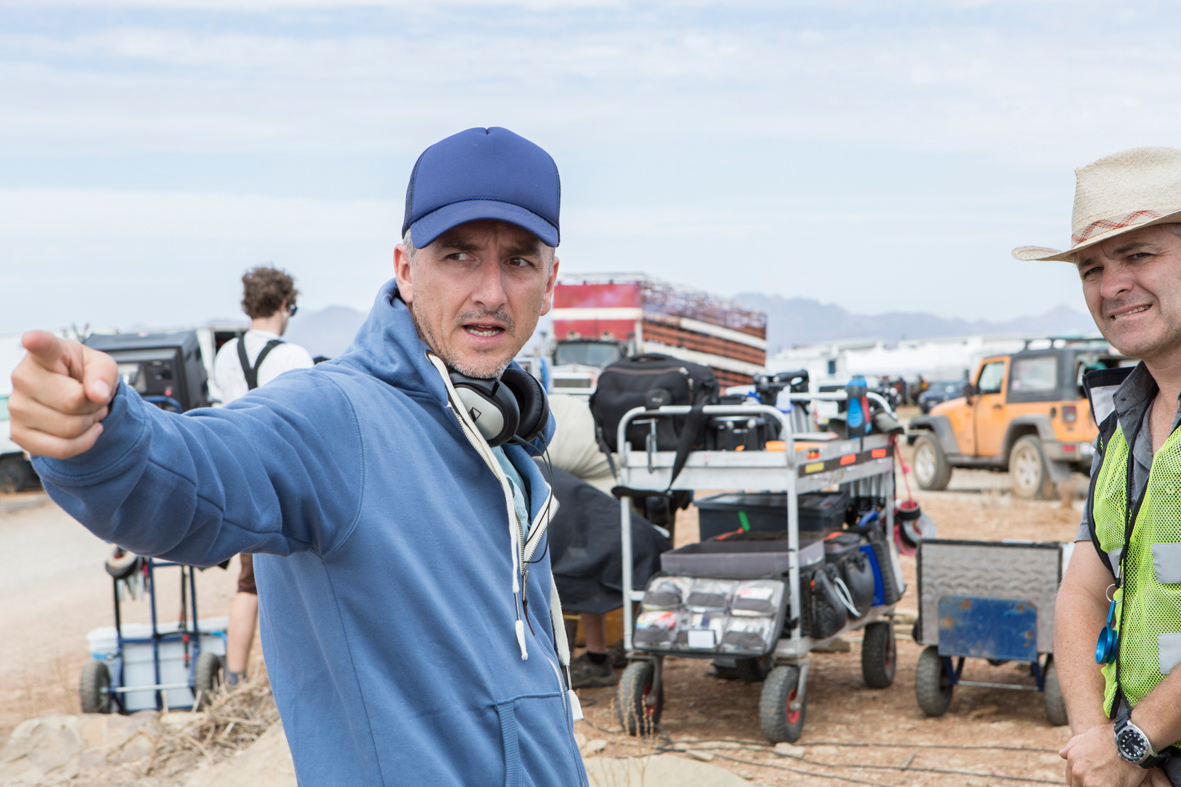
Director Greg McLean on set of ‘Wolf Creek 2’

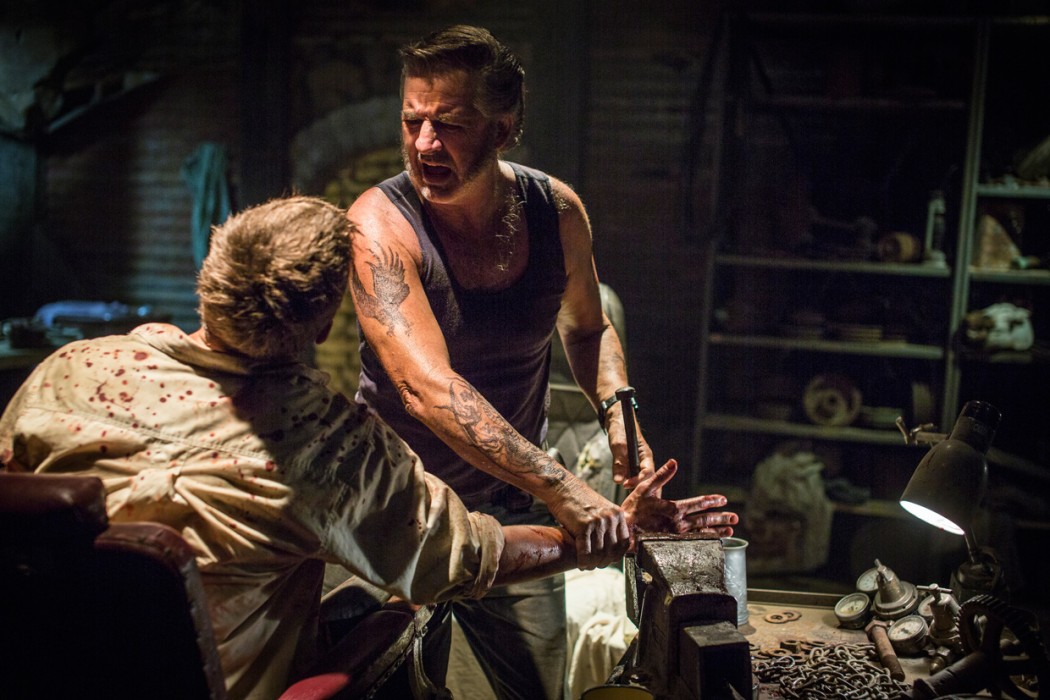
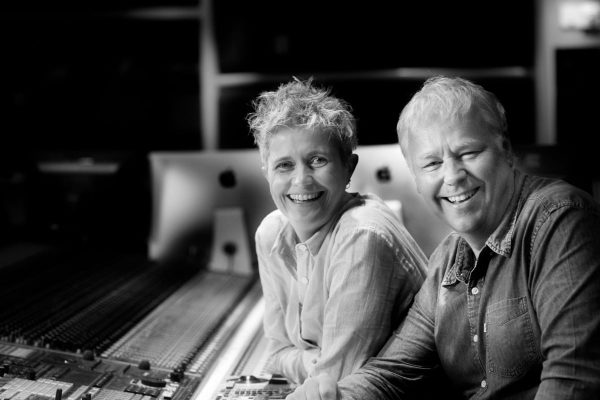
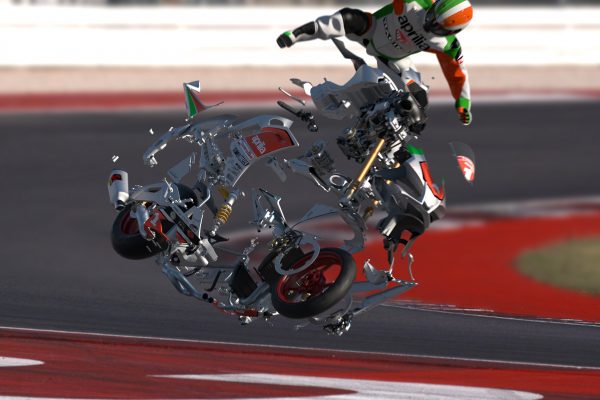
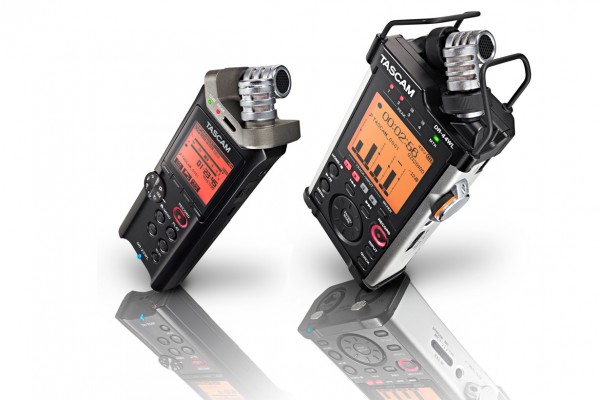
Lorraine Keith
interesting article!